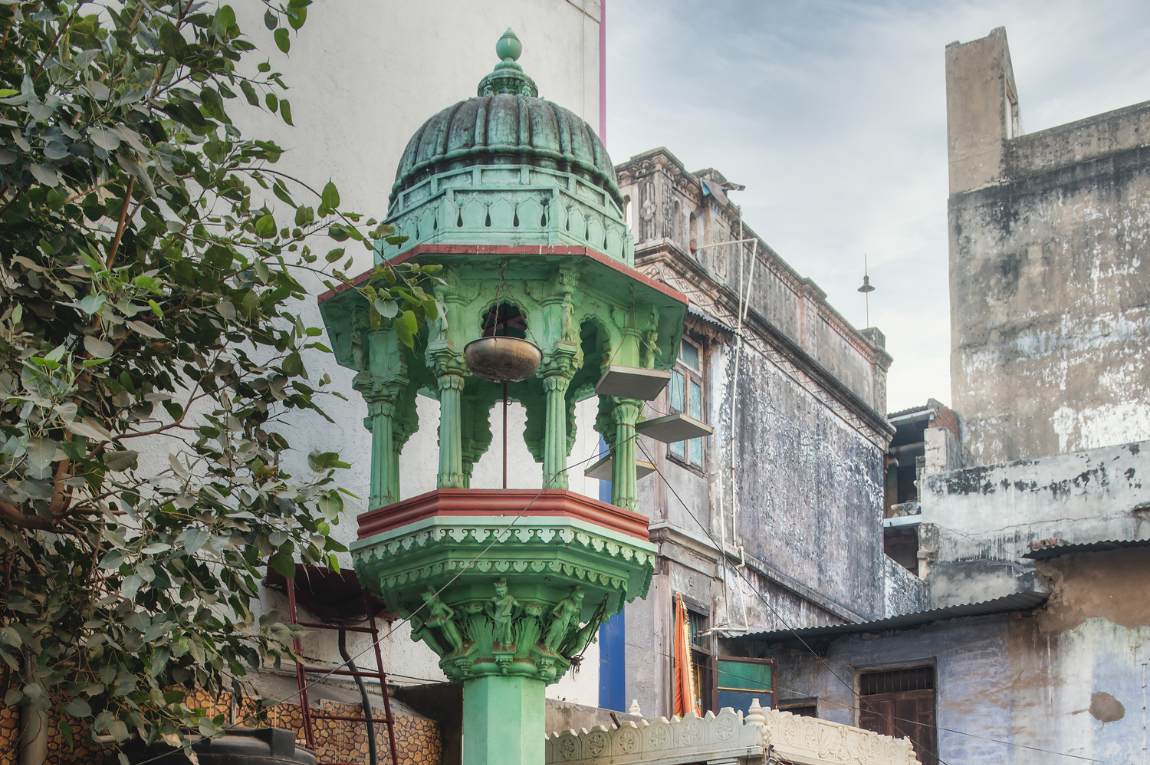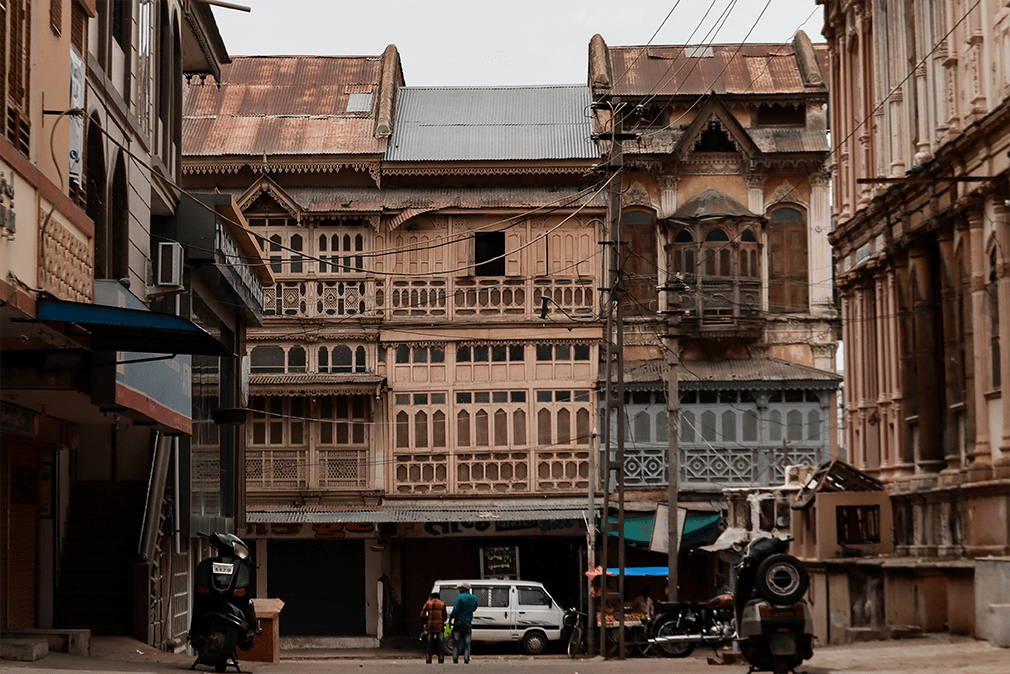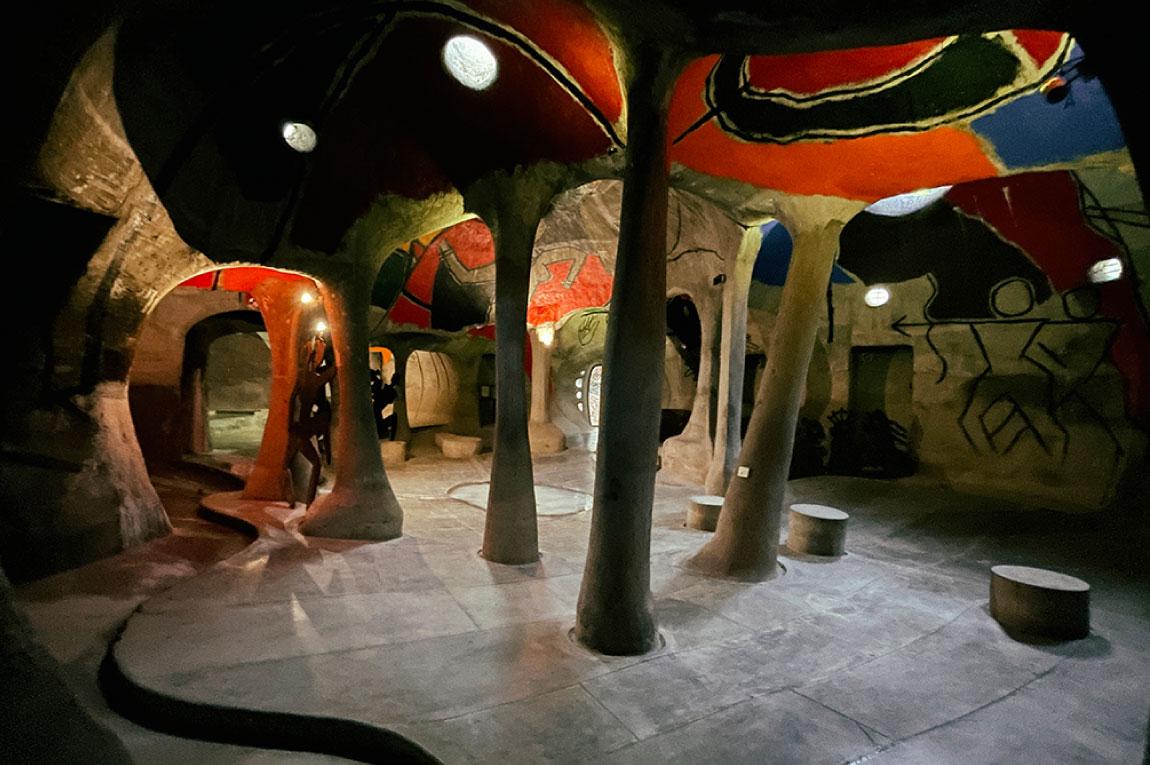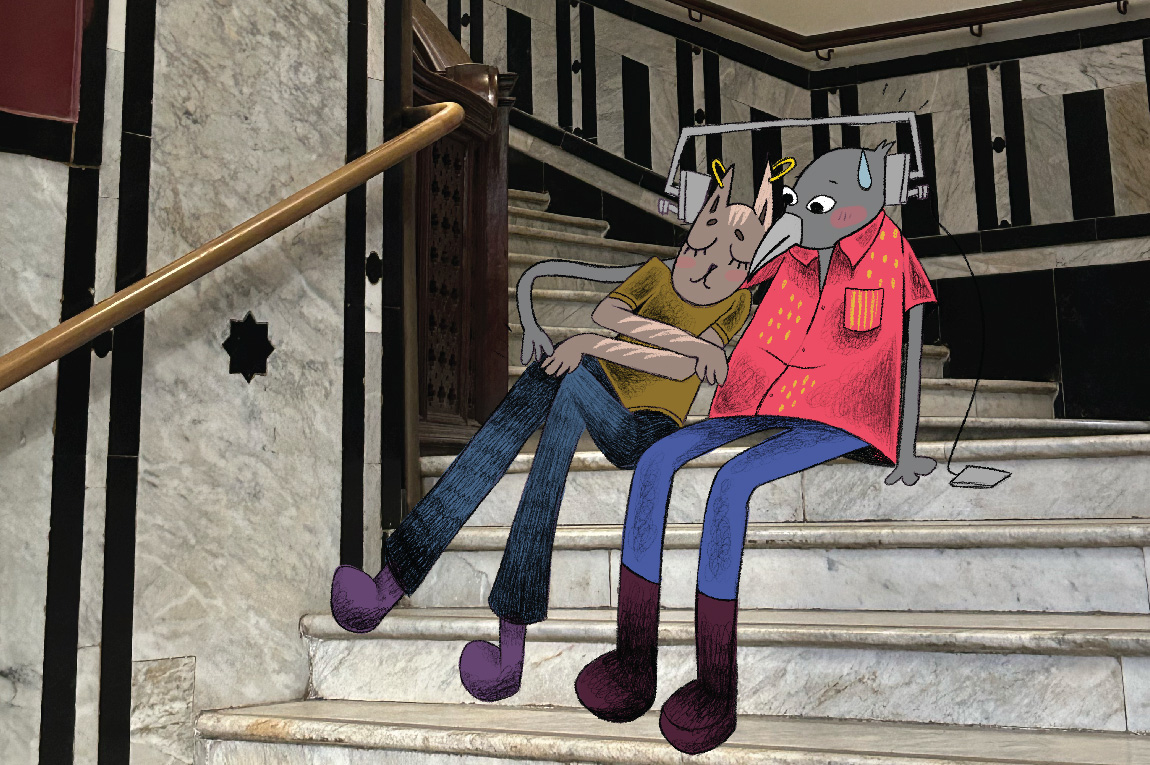Ahmedabad is the city that spurred my interest in birdwatching. From the copious hours that I spent on my mother’s balcony observing birds that came to the garden around her building, my birding lexicon expanded to include black-rumped flamebacks, common wren babblers and rufous treepies. So, while taking a night-time heritage walk through the pols of the city, I was enchanted when I encountered my first chabutro — a bird-feeding tower.
A day-time walk several months later gave me ample opportunity to see this structure up close. Within the narrow lanes that define the tightly packed, centuries-old housing clusters, the chabutra (plural for chabutro, in Gujarati) were built to provide a home for birds, given the sparsity of trees in these areas. Bird shelters are a part of the architectural heritage of the region and are a communal space at the centre of the neighbourhood, around which residents gather. Coexistence with other living beings is part of the cultural ethos of Gujarat, and it’s common to find people leaving rotis for cows and grains for birds on their porch or at the street corner.
Chabutra are found all over the towns and villages of Gujarat. In Ahmedabad, there are nearly 300, and 120 of these are located in the walled city alone. Made of wood, sandstone or concrete, chabutra could be large or small. Ashish Trambadia, Director, Ahmedabad World Heritage City Trust says, “Most of the residential architecture of Ahmedabad is made from timber that was imported from the coastal areas — mainly shipbuilding yards. The leftover timber was used to make these bird-feeders.”
The chabutra found across the pols in Ahmedabad usually have canopied square, octagonal or pentagonal enclosures that resemble a home, and are supported by a pillar. They are elevated to keep dogs and other animals at bay. The structures are open on all sides, allowing birds to fly in and out. Water and grains are left on the central platform for the birds to feed on.
The origins of the word ‘chabutra’ are unclear. Ahmedabad-based writer and artist Esther David says, “Chabutra were made for ‘kabutra’, meaning birds in Gujarati, especially pigeons — which are known as kabutar — along with sparrows, smaller birds and even peacocks,” while Trambadia suggests that the word draws reference from the char-rasta or four-way intersection where chabutra are typically placed.
Most chabutra, especially those made of stone, are built on a plinth, and feature varying architectural styles. Trambadia says, “Multiple influences can be seen — the figurines, especially, have Victorian-type carvings. They are not traditionally Gujarati. Essentially, this is vernacular style that has been translated. Apart from the carvings, I would not associate the style to a particular phase or period.”
A parrot green chabutro I saw in Lambeshwar ni Pol, adjoining a small temple and a water cooler, was well-maintained. Standing on a single stambh or pillar, the octagonal feeding platform is supported by figurines of musicians, and the roof is shaped like a chhatri or umbrella. A fixed steel ladder at the back allows for easy replenishment of grains and water. Elsewhere, the nearly 120-year-old and now-restored Karanj chabutro, made of wood and topped with copper cladding, reflects a blend of Indian and Islamic architectural styles. The intricately carved structure has been moved from its original location inside Karanj Garden to Bhadra Plaza.
The location, besides determining the shape and size of a chabutro, also influences the ornamentation on these structures. Those found near temples are more intricately carved and feature religious motifs. Divay Gupta, head of the Architectural Heritage Division of Indian National Trust for Art and Cultural Heritage (INTACH), says “Some of these chabutra are of high aesthetic quality and are used as landmarks for locating particular pols and at times even lend names to certain historic quarters.”
As the urban sprawl of Ahmedabad has rapidly increased over the last few decades, many of the city’s chabutra have been neglected and are in dire need of upkeep. David says “Some chabutra are often hidden from view as they are encroached with advertisements of all kinds.” In recent years, the Ahmedabad Municipal Corporation has restored 15 of these structures. Gupta explains, “They form an important intangible heritage of the city and thus are worthy of being conserved both as an architectural feature and also a continuation of a tradition.”
According to Trambadia, as new areas are developed, residents still come forward and make donations contributing to the construction of a chabutro. However, given the proliferation of the pigeon population in cities, the health menace they pose, and the fact that pigeon droppings can have a corrosive effect on heritage structures, perhaps the role of chabutra in the present day needs to be re-examined. But Trambadia is not overtly worried about this: “As far as the community gets involved and takes an interest in feeding the birds, they will also take interest in keeping it clean. If these structures are being maintained then minimal decay is justified.”
Even today, when I spot chabutra, I marvel at the simple structures inspired by nature. They are an ode to coexistence, and the effort it takes to conserve them is entirely worth it.
Our selection of stays across India, best visited for their design and style. Check in
Chaitali Patel is a freelance writer based in Dubai, and writes about travel, food and culture. She tweets at @07Chaitali.













